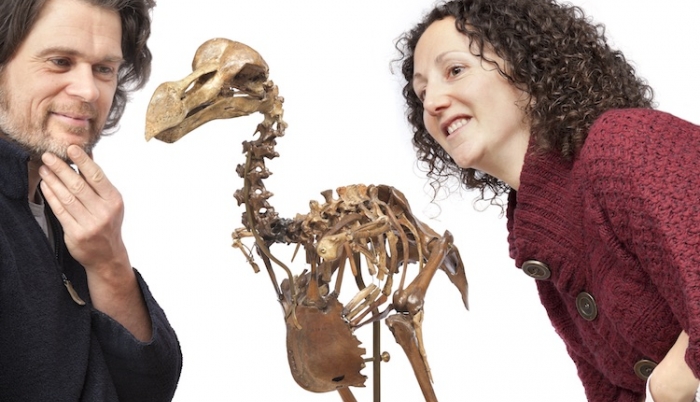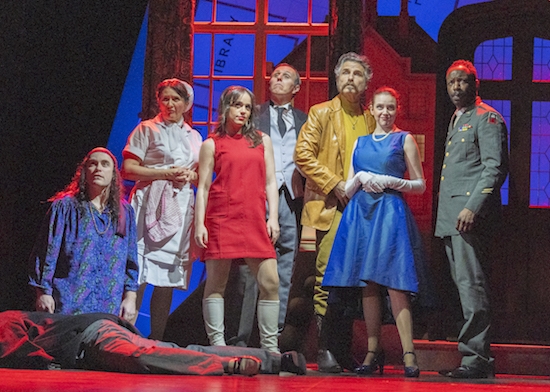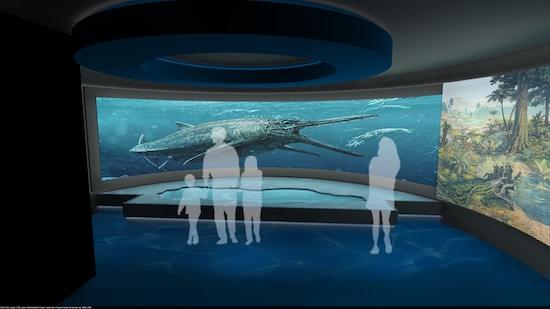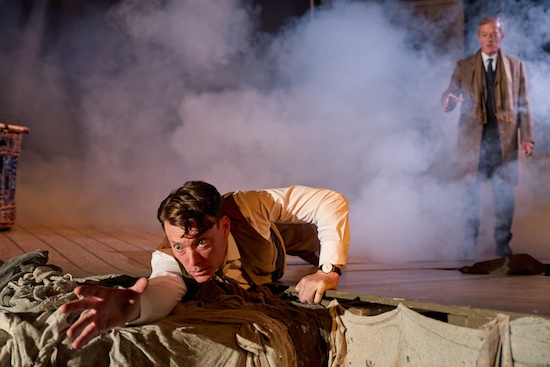Discover the dodo’s story and how the view of them as fat, clumsy, and rather stupid is being overturned at a new exhibition, Dodos: Old bird, new tricks is open now at Tring Museum.
This free, family exhibition explores how scientists searched for the truth behind the legend, and how a single marsh on a tropical island became the key to our understanding of this mysterious bird.
‘It’s been so much fun creating this exhibition,’ says exhibition curator Alice Adams, ‘The rare and historic specimens are incredible but I’m just as excited about the games – I can’t wait to see families digging for dodo bones, trying out their skull identification skills and exploring the very latest development in dodo science with the 3D digital dodo.’
Highlights of the exhibition include:
One of the very few composite (made by assembling bones from different dodos) dodo skeletons in existence.
A 400-year old book with the first published illustration of the dodo – an account of Jacob Van Neck’s second Dutch expedition to Indonesia.
A selection of some of the best preserved dodo bones in the world – on loan from Hampshire Cultural Trust.
Explorers discovered the dodos’ home, Mauritius, in the late 1500s. In just 90 years dodos were extinct. They died out so quickly that hardly any evidence has been left behind: we may never know what they really looked like or how they lived.
‘Amazingly, we know more about the population, nesting behaviour, eggs and young of dinosaurs, than about a bird that disappeared in very recent historical times due to human interference’, explains Museum avian palaeontologist and artist Julian Pender Hume.
‘When people first went looking for more dodos and couldn’t find any, there was consternation. No-one had thought before that a whole species could cease to exist.’
A handful of brief eyewitness accounts, illustrations of variable accuracy and head and foot fragments of museum specimens were all that remained. Then in 1885, George Clark, a schoolmaster in Mauritius, discovered a source of hundreds of dodo bones – preserved in the bottom of a marsh.
Natural History Museum founder Richard Owen used these bones to scientifically describe the bird and construct a whole dodo skeleton.
We now know that they were slimmer and more agile than thought and probably just as intelligent as related birds, such as pigeons. New discoveries are being made at the original excavation site in Mauritius and by re-examining specimens in collections around the world.
The exhibition will be displaying a selection of preserved bones sent by George Clark to his friend William Curtis, which are on loan from Hampshire Cultural Trust.
The exhbition runs until June 25.
For more information click here
















